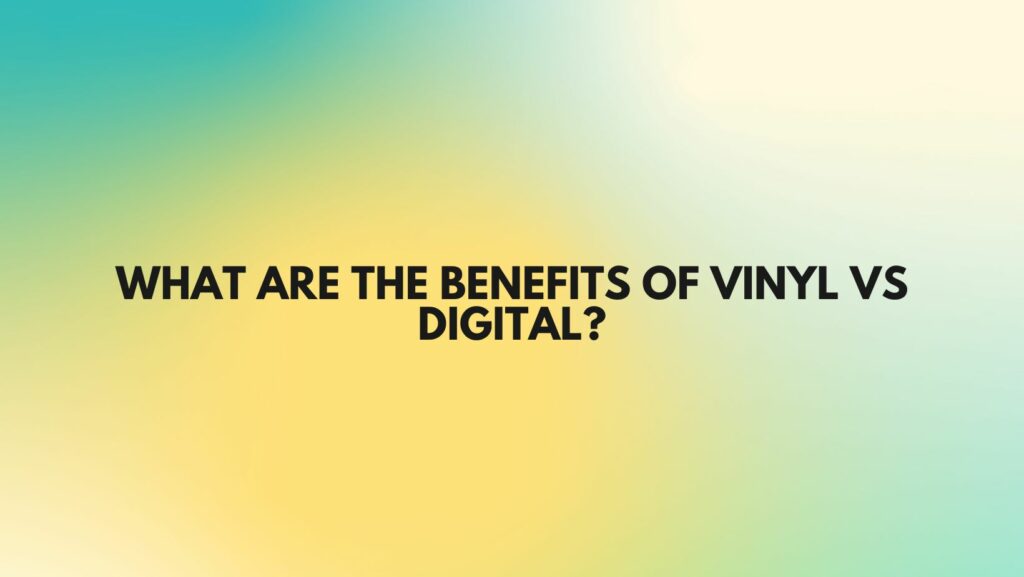In the realm of digital audio, the quest for optimal sound quality fuels an ongoing debate that resonates with audiophiles and music enthusiasts alike. The comparison between 320 Kbps (kilobits per second) and lossless audio formats stands as a pivotal point of contention. In this article, we embark on a journey to dissect the nuances of the 320 Kbps vs. lossless test, unraveling the intricacies that define the audio quality spectrum in the digital realm.
Understanding the Basics:
320 Kbps: The Gold Standard for Compression: The term “320 Kbps” refers to the bit rate at which audio data is compressed in the MP3 format. It is widely considered the highest standard for MP3 compression, striking a balance between file size and perceived audio quality. However, the compression employed in MP3 formats is inherently lossy, meaning certain details are discarded to reduce file size.
Lossless: Preserving the Original Fidelity: Lossless audio formats, such as FLAC (Free Lossless Audio Codec) and ALAC (Apple Lossless Audio Codec), prioritize the preservation of the original recording’s fidelity. Unlike MP3, lossless compression retains all the audio data without sacrificing details, resulting in larger file sizes.
The 320 Kbps Advantage:
- Balancing Quality and File Size: 320 Kbps MP3 strikes a balance between file size and audio quality, making it a popular choice for digital music distribution and streaming. It provides a compromise that caters to listeners who prioritize efficient storage and bandwidth.
- Compatibility and Accessibility: 320 Kbps MP3 enjoys widespread compatibility with a myriad of devices and platforms. Its ubiquity ensures that listeners can access their favorite music seamlessly across various devices, from smartphones to dedicated audio players.
- Perceived Quality: For many listeners, the difference in audio quality between 320 Kbps MP3 and lossless formats may be imperceptible, especially when using standard playback systems and everyday listening environments.
The Allure of Lossless Audio:
- Preserving Audio Fidelity: Lossless audio formats prioritize fidelity by retaining every nuance of the original recording. This is particularly appealing to audiophiles and enthusiasts who seek an uncompromised listening experience.
- High-Resolution Audio: Lossless formats can accommodate high-resolution audio files, capturing an even broader frequency range and dynamic depth. This is especially relevant for those with high-end audio equipment capable of revealing subtle nuances.
- Archival Quality: Lossless audio is often chosen for archival purposes, ensuring that the digital representation of a recording remains pristine over time. This is crucial for preserving music in its highest quality for future generations.
The Test: Can You Hear the Difference?
- Listening Environment: The ability to discern between 320 Kbps and lossless formats may depend on the listener’s environment. High-quality headphones or speakers, along with a quiet listening space, enhance the chances of detecting nuances.
- Critical Listening: Engaging in a critical listening session, focusing on specific elements such as instrument separation, spatial imaging, and subtle details, may reveal distinctions between 320 Kbps and lossless audio.
- Personal Preferences: Ultimately, the perceived difference in audio quality is subjective and varies from listener to listener. Some may prioritize the convenience of 320 Kbps, while others may find the nuances of lossless audio more rewarding.
Conclusion: The Art of Listening
The 320 Kbps vs. lossless test invites enthusiasts to explore the delicate balance between practicality and perfection in the world of digital audio. While 320 Kbps MP3 offers a pragmatic compromise for everyday listening, lossless formats cater to those who yearn for an unadulterated auditory experience. As technology evolves and audio enthusiasts continue to refine their preferences, the test remains a testament to the art of listening and the enduring pursuit of sonic excellence in the digital age.

